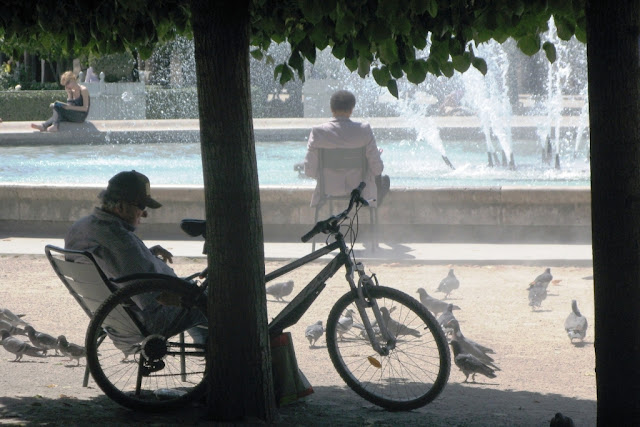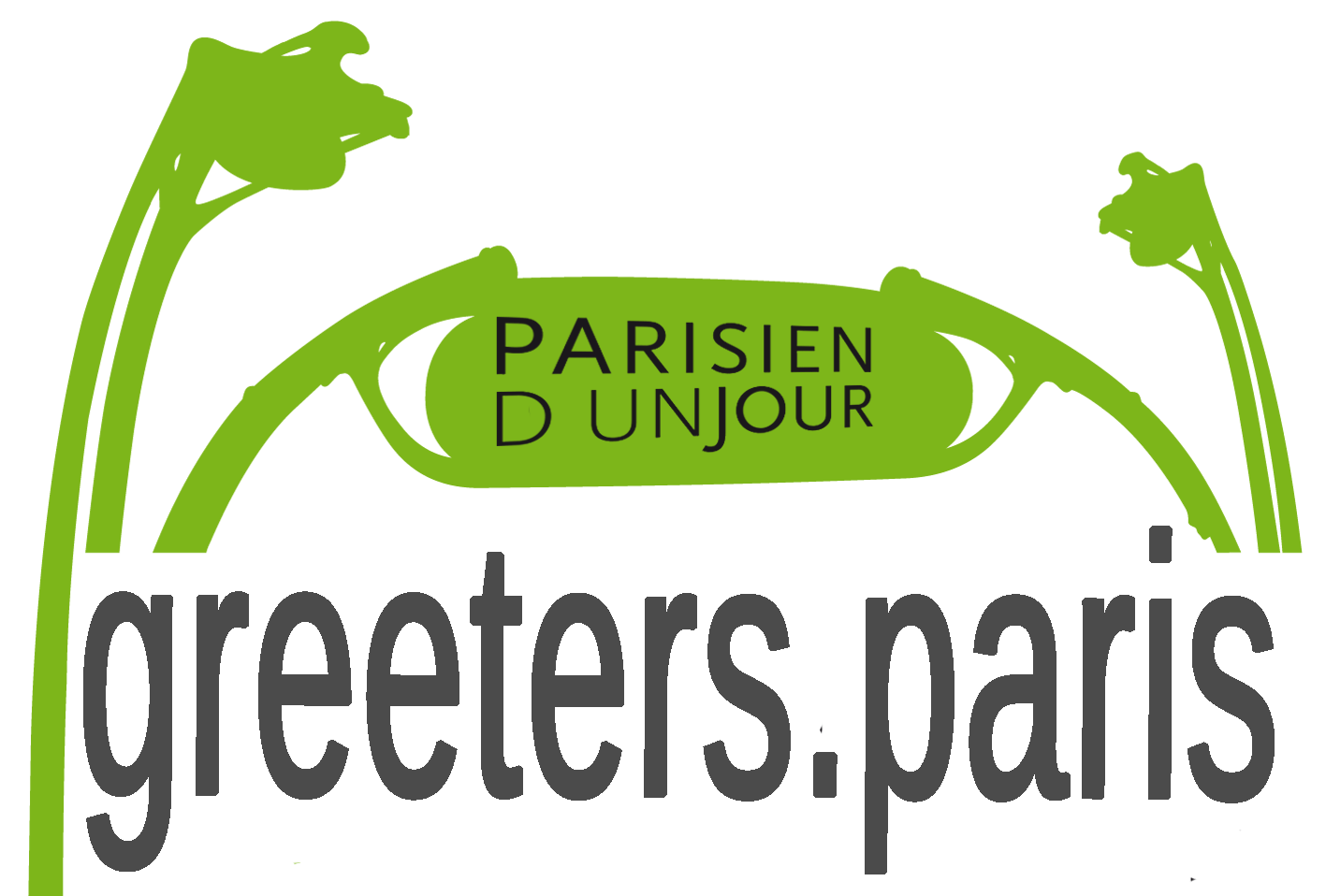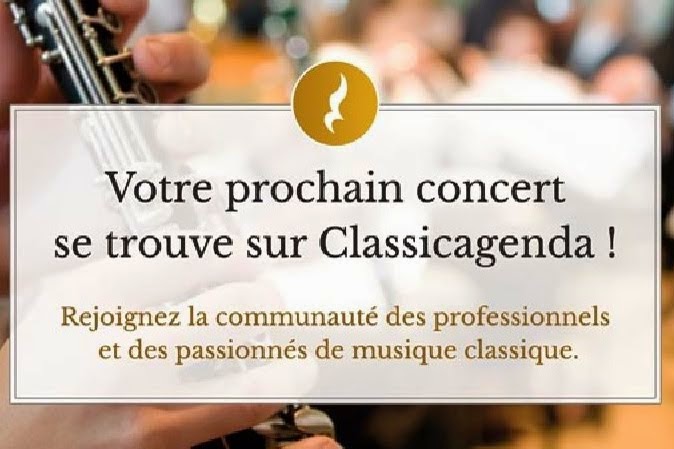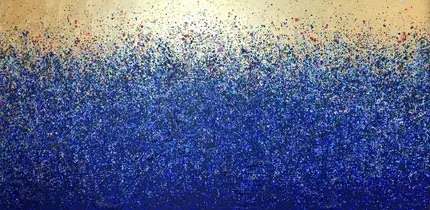Referring to the previous post about
Grenelle, my intention was not really to show a church again, but this one is so different. It is called
Saint-Léon and was built 1924-33, in concrete, covered by brick. Both the exterior and the interior are in a for those days typical
art deco style.
The original Grenelle 19th century buildings have to some extent been replaced and completed by more modern ones. During the first years of thye 20th century, some architects have excelled in art nouveau style, perhaps here more visible by the decoration of the buildings than by the architecture itself, so maybe more due to the sculptors.
Please notice the roots of the vines covering this building.
The Grenelle area is also known for having hosted the Paris winter cycling stadium – Vélodrome d’Hiver – best known as “Vel d’Hiv”. The building was destroyed in 1959. Unfortunately the name is especially linked to an event in 1942, during the Nazi occupation. Some 8000 Jews, where of 4115 children, spent five days here in terrible conditions before most of them ended up in Auschwitz.
In 1995, Jacques Chirac, soon after he became President, said: “Yes, the criminal madness of the occupier was seconded by the French, by the French State, everyone knows it. That day, France accomplished something irreparable.”
Close to where the "Vel d’Hiv" stood, on the Seine bank, is today a “Place des Martyrs-Juifs”, opened in 1986. The monument is there since 1994 and was created by Walter Spitzer, born in Poland, who managed to come back alive from the ghetto, Auschwitz, Buchenwald…).

































































